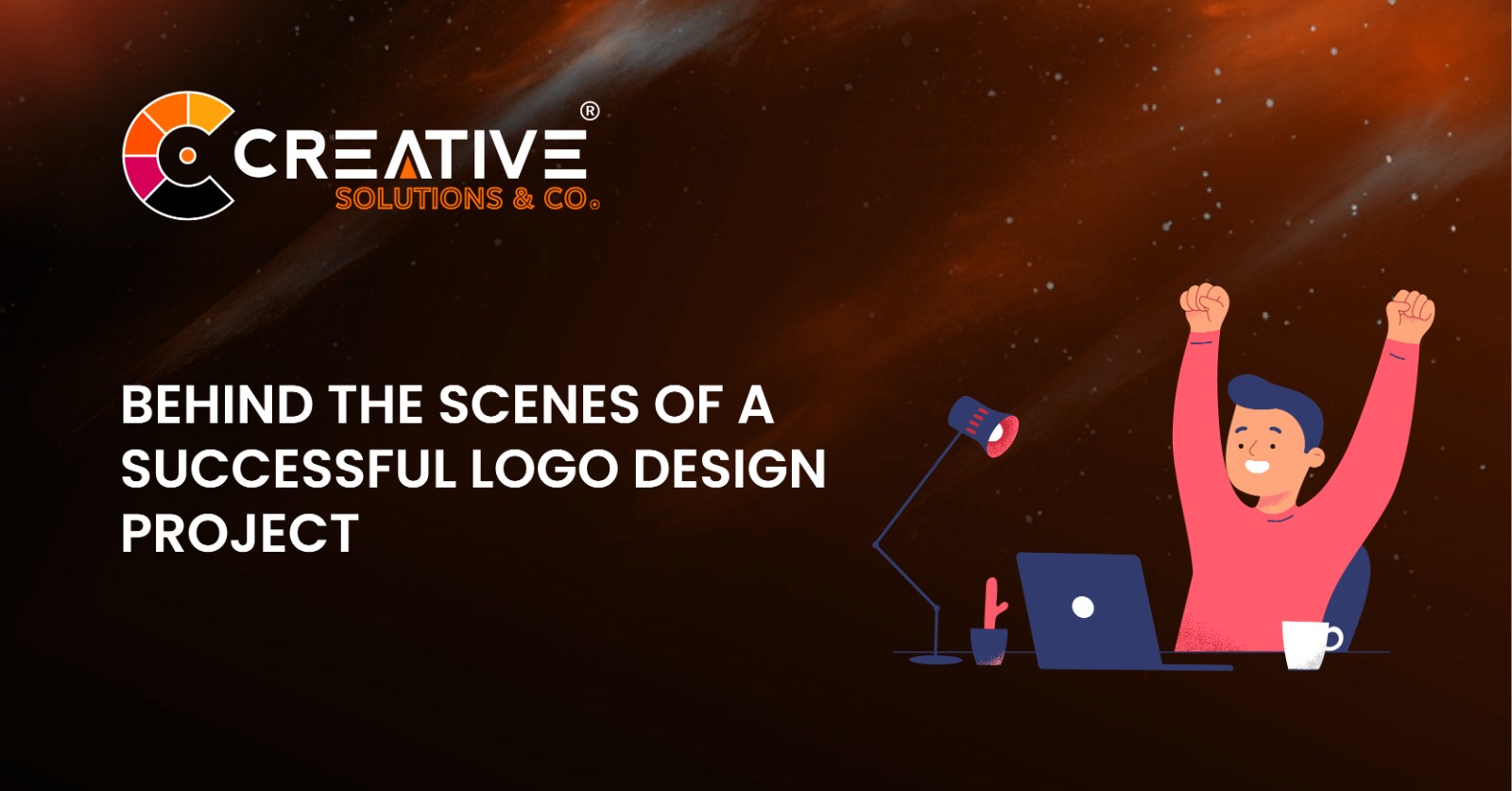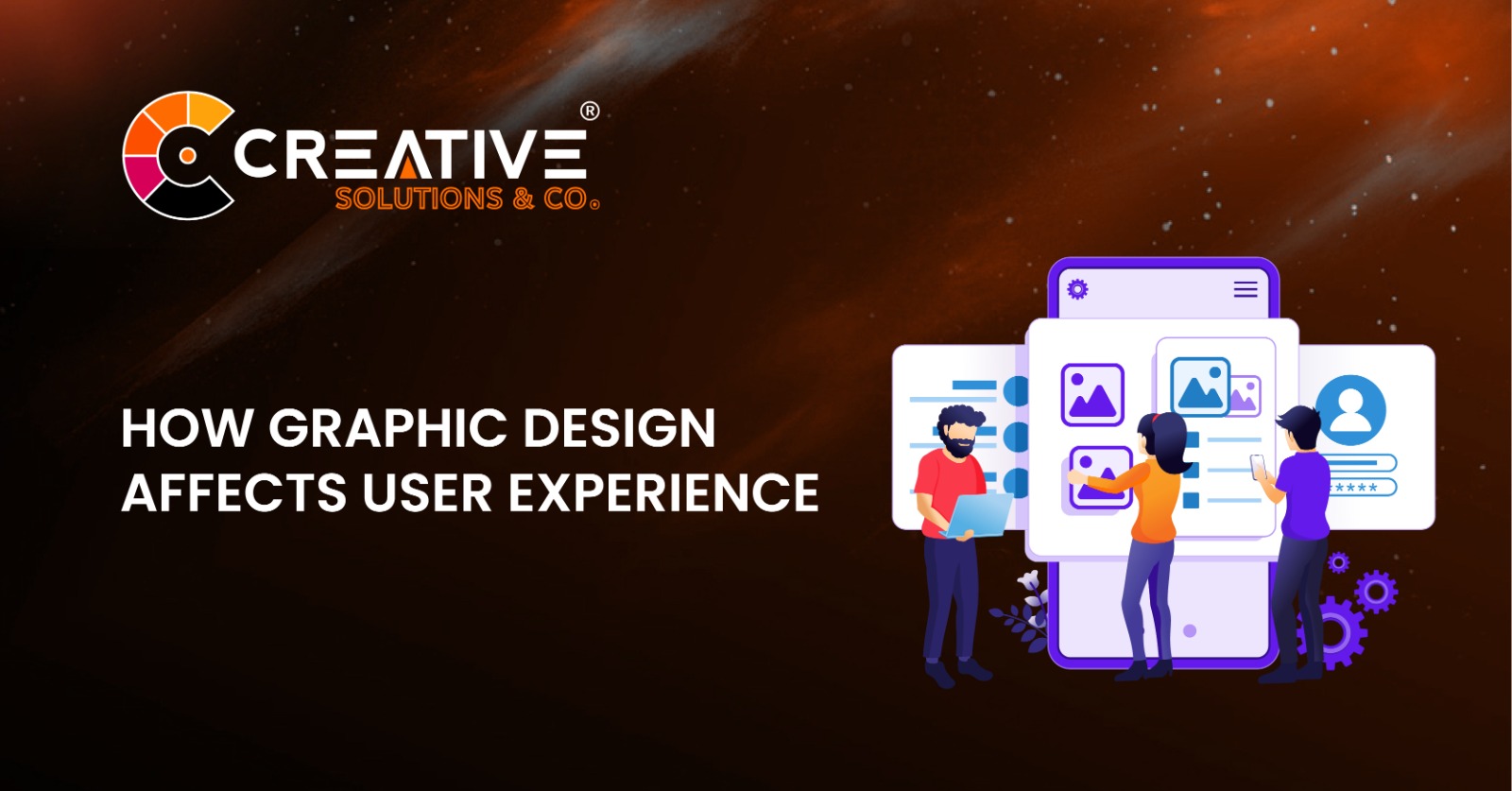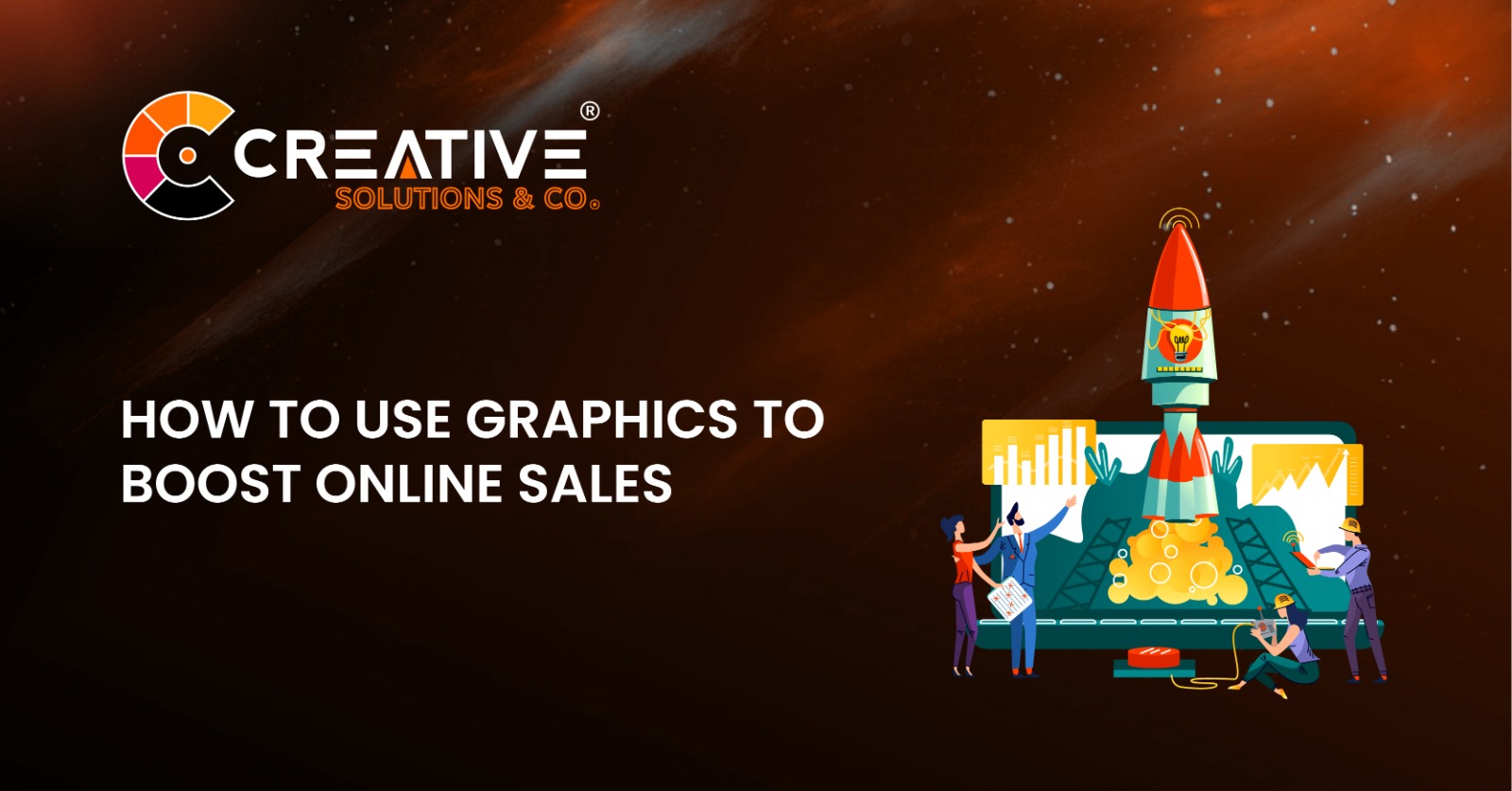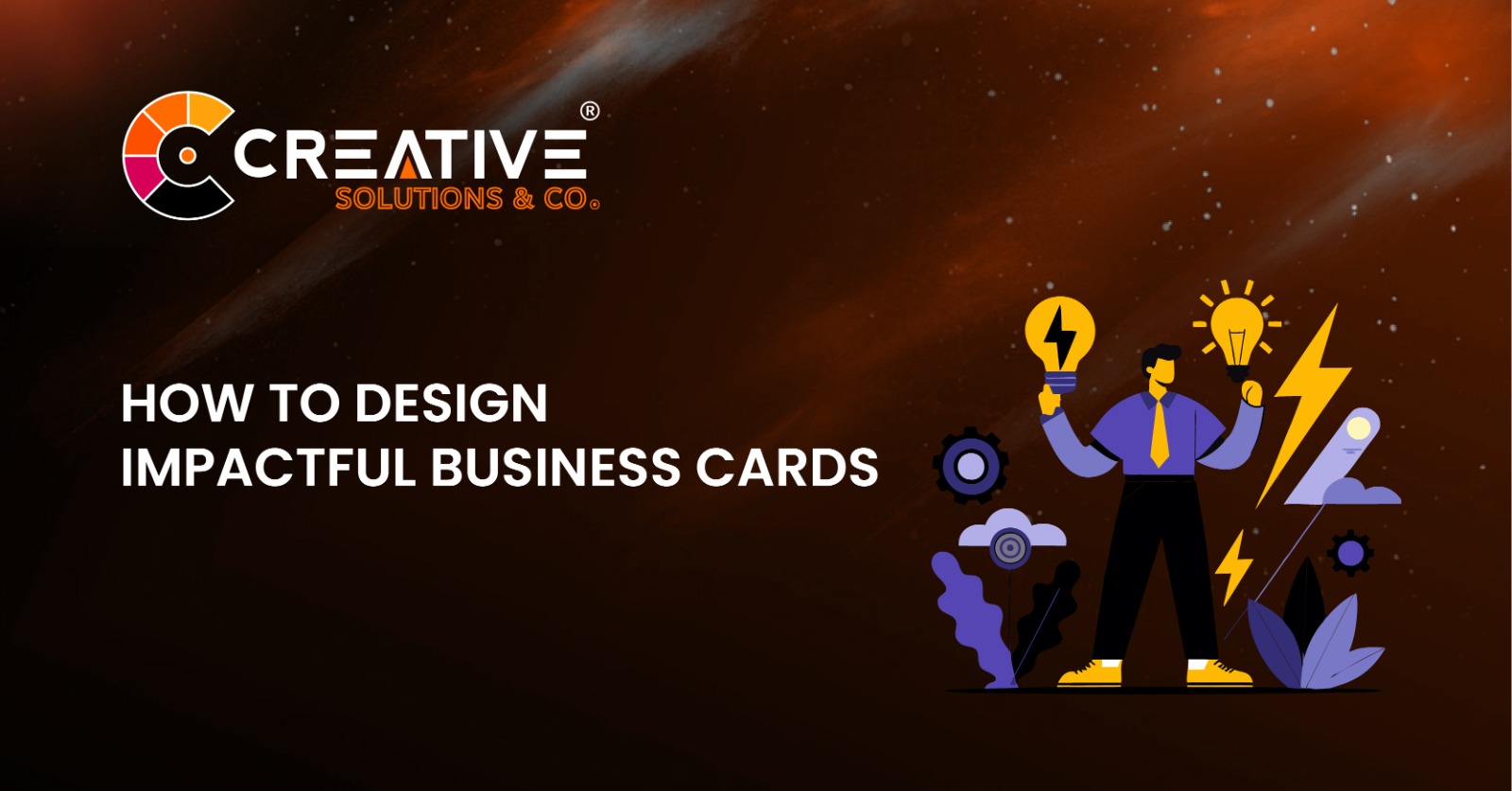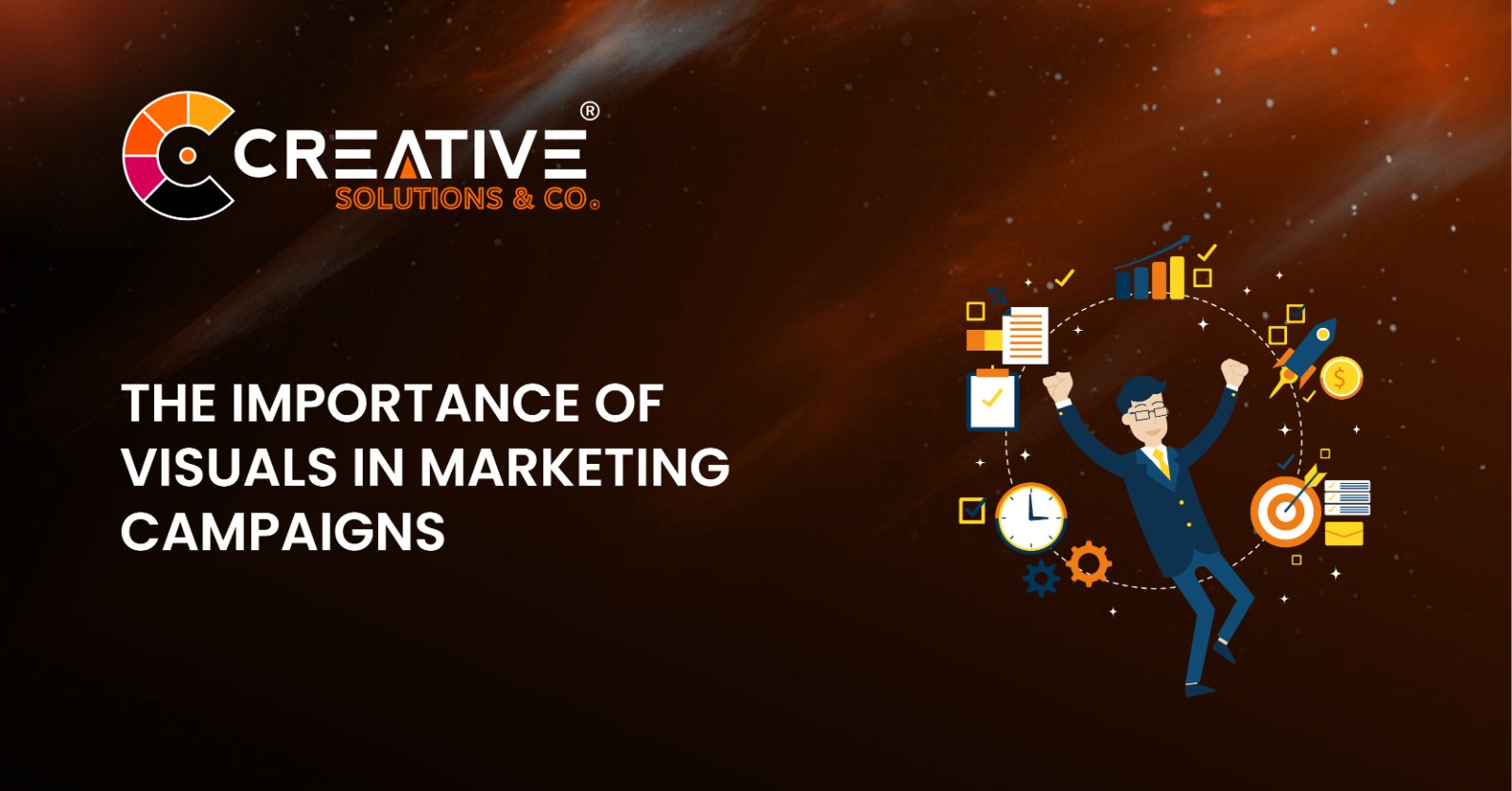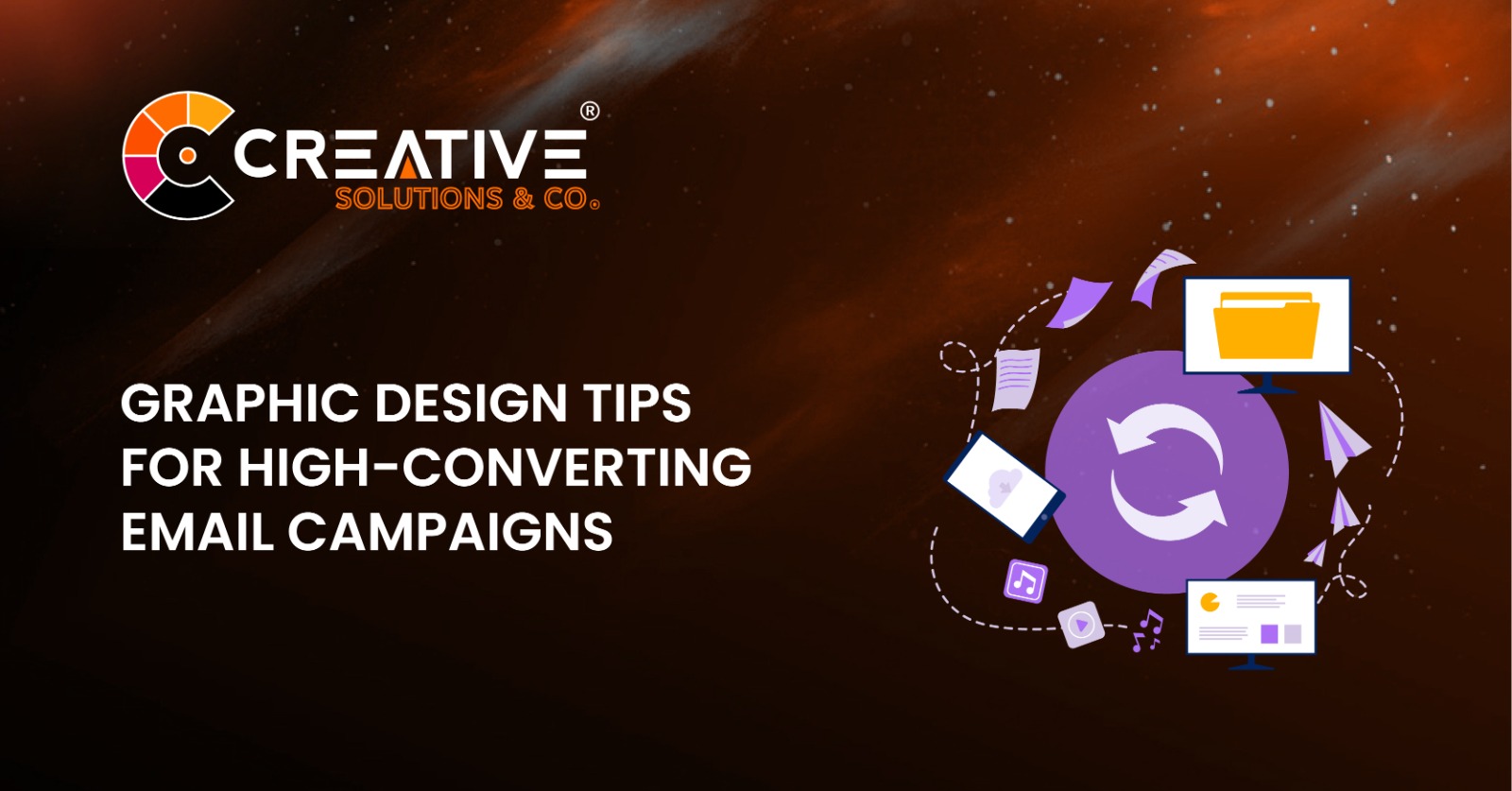In today’s ever-evolving digital landscape, the role of animation in social media marketing cannot be overstated. With users scrolling through endless content daily, brands need something eye-catching to stand out—and animation delivers just that.
From playful GIFs to engaging explainer videos, animation has become a powerful tool for grabbing attention, telling stories, and driving engagement. But why is it so effective, and how can it elevate your marketing strategy? Let’s explore!
Table of Contents For The Role of Animation in Social Media Marketing
| Sr# | Headings |
|---|---|
| 1 | Introduction to Animation in Marketing |
| 2 | Why Animation Captures Attention |
| 3 | Types of Animation in Social Media |
| 4 | Benefits of Using Animation |
| 5 | Animation vs. Static Content |
| 6 | Best Practices for Animated Content |
| 7 | Animation for Storytelling |
| 8 | Platforms That Thrive on Animation |
| 9 | Case Studies: Successful Campaigns |
| 10 | The Future of Animation in Marketing |
| 11 | Challenges of Using Animation |
| 12 | Tools for Creating Animated Content |
| 13 | Tips for Small Businesses |
| 14 | Measuring the Impact of Animation |
| 15 | Final Thoughts |
Introduction to Animation in Marketing
Animation isn’t just for cartoons or kids anymore. It’s a dynamic way to communicate ideas and evoke emotions. Whether it’s a fun GIF or an intricate explainer video, animation grabs attention like nothing else.
Why Animation Captures Attention
Ever notice how your eyes are drawn to movement? That’s because our brains are wired to notice motion. The animation uses this natural tendency to pull viewers in, making it an ideal tool for grabbing attention in a crowded feed.
Types of Animation in Social Media
What kinds of animation work best? Here are a few examples:
- GIFs: Perfect for quick, looping clips.
- Explainer Videos: Simplifies complex ideas in an engaging way.
- Motion Graphics: Adds life to static designs with subtle movements.
- Stop-Motion: Creates a nostalgic, handmade feel.
Benefits of Using Animation
Animation offers countless benefits:
- Increased Engagement: Moving visuals are more likely to be shared.
- Enhanced Brand Recall: People remember animated content better.
- Better Storytelling: Animation simplifies complex ideas.
Animation vs. Static Content
Imagine scrolling through a sea of static posts. Now picture a colorful, moving animation popping out—what are you more likely to notice? That’s the power of animation over static images.
Best Practices for Animated Content
To make your animations effective:
- Keep It Short: Attention spans are short—so should your animations be.
- Focus on Quality: Poorly made animations can harm your brand image.
- Include Your Branding: Subtle logos or brand colors ensure consistency.
Animation for Storytelling
Animations can bring stories to life. For instance, instead of a text post explaining your brand values, an animated video can visually narrate your story in seconds.
Platforms That Thrive on Animation
Different platforms embrace animation in unique ways:
- Instagram: Perfect for short, snappy animations.
- TikTok: Viral trends often rely on creative animations.
- YouTube: Explainer and educational animations shine here.
Case Studies: Successful Campaigns
- Dove used animation to promote their “Real Beauty” campaign, simplifying complex messages about self-esteem.
- Airbnb used animated infographics to highlight travel stats, making data visually appealing.
The Future of Animation in Marketing
As technology evolves, so does animation. From augmented reality (AR) to interactive animations, the future holds exciting possibilities for marketers.
Challenges of Using Animation
Animation isn’t without its challenges. Creating high-quality content can be time-consuming and costly, especially for small businesses with limited budgets.
Tools for Creating Animated Content
Don’t have a big budget? No problem! Tools like Canva, Adobe Animate, and even smartphone apps like Animoto make creating animations easier than ever.
Tips for Small Businesses
Small businesses can leverage animation by:
- Starting with simple GIFs or motion graphics.
- Repurposing animations across multiple platforms to maximize ROI.
Measuring the Impact of Animation
Metrics like engagement rate, view count, and shareability can help you determine how well your animated content is performing.
Final Thoughts
Animation has transformed the way brands connect with their audience. It’s eye-catching, memorable, and versatile, making it a must-have in any marketer’s toolkit. If you’re not using animation in your social media strategy yet, now’s the time to start!
FAQs About The Role of Animation in Social Media Marketing
1. Why is animation so effective in social media marketing?
Animation captures attention, simplifies complex ideas, and makes content more engaging and memorable.
2. What platforms work best for animated content?
Platforms like Instagram, TikTok, and YouTube thrive on animation, offering various ways to showcase your creativity.
3. Is animation expensive to create?
While high-quality animation can be costly, many affordable tools like Canva and Animoto help small businesses create budget-friendly content.
4. Can animation be overused?
Yes, overusing animation can overwhelm your audience. It’s essential to balance animated and static content.
5. How can I measure the success of my animated content?
Metrics like engagement rate, view count, and shares provide valuable insights into the performance of your animated posts.

